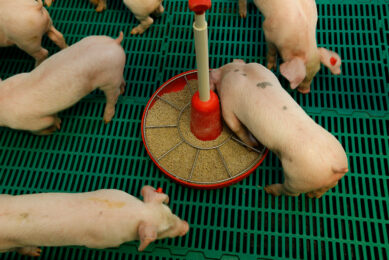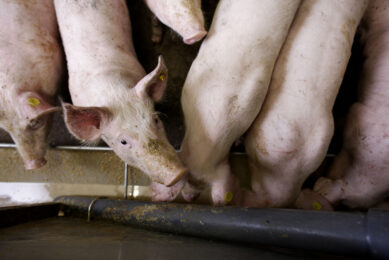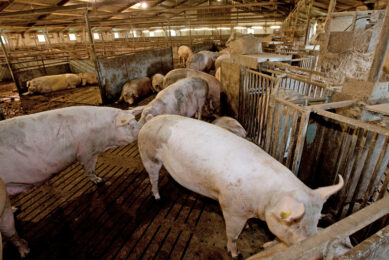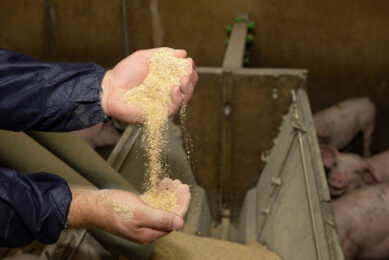Can we run even faster?

I can hardly think of any other sector than agriculture where efficiency is such as crucial part of the business. I believe this is because agriculture is often left to the whims of nature, works with live animals, has to comply with environmental issues and is often dependent on others to get the raw materials in with the desired quality and nutritional profile.
In animal production systems, the term ‘efficiency’ often refers to ‘feed efficiency’. This is logical, as feed costs represent the majority of the production costs on a farm. In this respect, the feed conversion ratio (how fast the animal grows against the amount of feed) is often considered the main benchmark to determine feed efficiency. The focus on feed efficiency (next to breeding, management, and more) has resulted in major improvements in livestock over the past decades. Growth of fattening pigs increased from 450 g/d in the 1970’s to over 700 g/d today. Sows are able to produce close to 30 piglets (or even more) per year, up from an average 16 piglets a few decades ago.
Can we run even faster?
The world record on the 100 metres sprint dates back to 2009 (9.58 seconds), but I am convinced it will be close to 9.50 seconds in the upcoming years. In animal nutrition, feed efficiency can be further improved by smart ways of using enzyme combinations, applying novel feed additives, different processing techniques of the raw materials and more attention to feeding the intestinal bugs even better to increase digestion of nutrients in the gut. We should question whether we want to focus on higher growth rates for piglets and chickens or if we want to put more emphasis on better feed efficiency, and at the same time increase performance, welfare and health. I believe in the latter. We can certainly run even faster, but we have to do this in a sustainable and smart manner.






